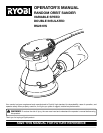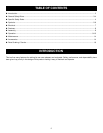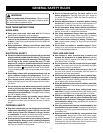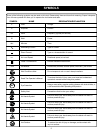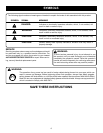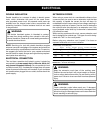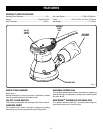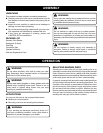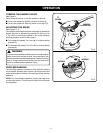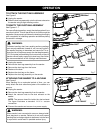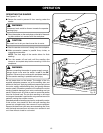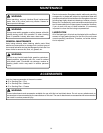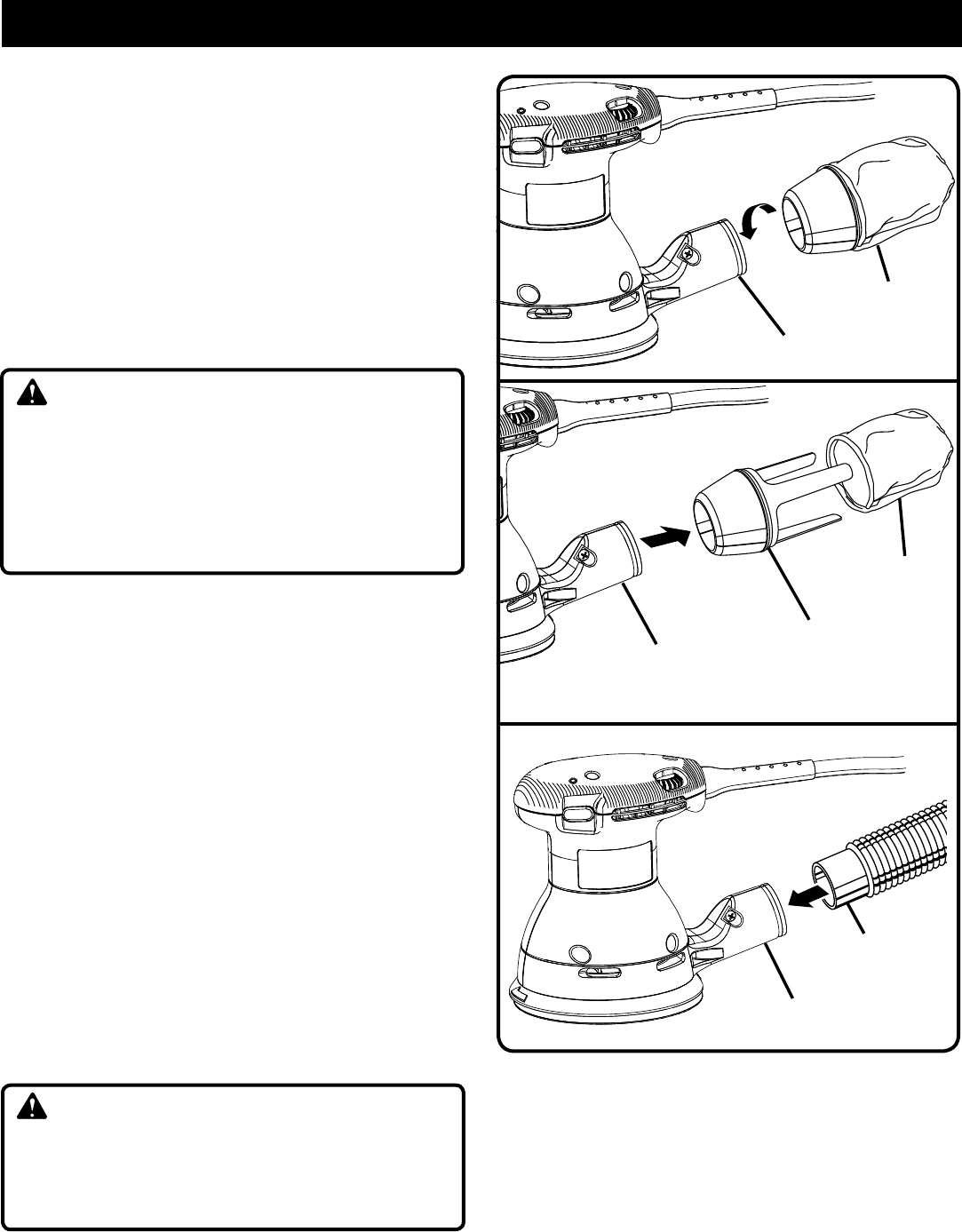
12
TO ATTACH THE DUST BAG ASSEMBLY
See Figure 6.
n Unplug the sander.
n Slide the dust bag assembly onto the blower exhaust on
the sander using a slight twisting motion.
TO EMPTY THE DUST BAG ASSEMBLY
See Figures 6 - 7.
For more efficient operation, empty the dust bag when it is no
more than half full. This will permit the air to flow through the
bag better. Always empty and clean the dust bag thoroughly
upon completion of a sanding operation and before placing
the sander in storage.
WARNING:
Collected sanding dust from sanding surface coatings
such as polyurethanes, linseed oil, etc. can self-ignite in
the sander dust bag or elsewhere and cause fire. To re-
duce the risk of fire always empty the dust bag frequently
(10-15 minutes) while sanding and never store or leave a
sander without totally emptying its dust bag. Also follow
the recommendations of the coatings manufacturers.
n Unplug the sander.
n Remove the dust bag assembly from the sander.
n Remove the dust bag from the frame.
n Shake out the dust.
n Replace the dust bag on the frame.
n Replace the dust bag assembly on the sander.
ATTACHING THE SANDER TO A VACUUM
See Figure 8.
When sanding for an extended period of time, you can
easily attach the dust collection system of the sander to a
vacuum.
n Unplug the sander.
n Remove the dust bag assembly from the sander.
n Attach the vacuum hose to the dust exhaust on the
sander.
NOTE: The vacuum hose fits inside the dust exhaust.
The figure illustrates a standard 1-1/4 in. vacuum
connection.
n Connect the sander and vacuum to a power supply.
WARNING:
When sander is not connected to vacuum, always install
dust bag back on sander. Failure to do so could cause
sanding dust or foreign objects to be thrown into the face
or eyes which could result in possible serious injury.
Fig. 6
Fig. 7
DUST BAG
ASSEMBLY
DUST EXHAUST
FRAME
DUST BAG
ASSEMBLY
DUST
EXHAUST
OPERATION
Fig. 8
DUST EXHAUST
VACUUM
HOSE



